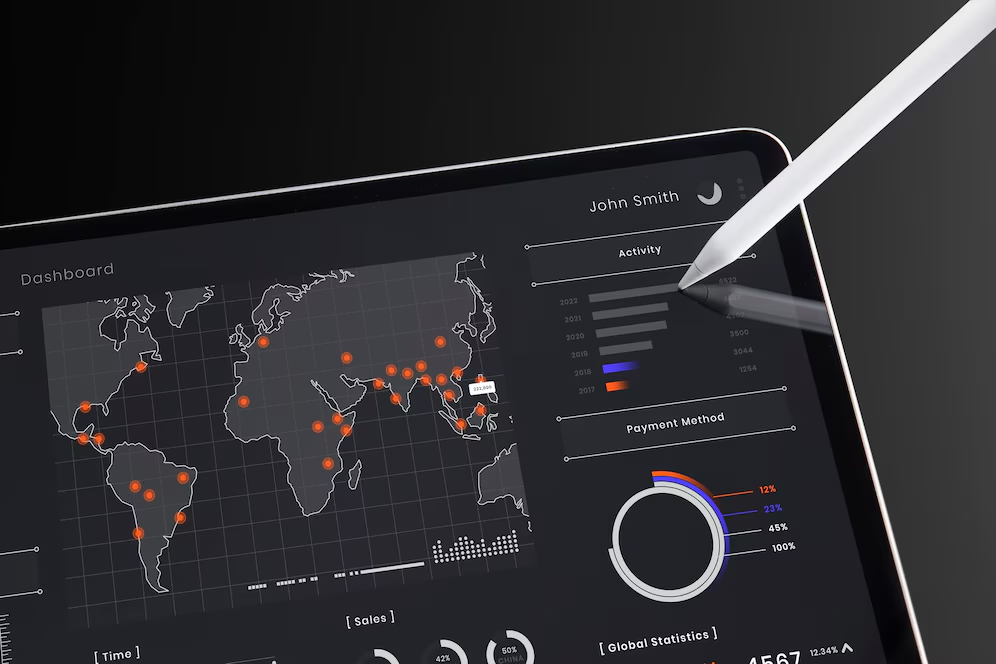Executive Summary
As enterprises expand globally, setting up new operations in foreign markets can be complex, costly, and risk-laden. The Build-Operate-Transfer (BOT) model has emerged as an effective approach to scaling global operations, allowing companies to enter new markets with reduced risk, streamlined processes, and controlled costs. By leveraging the BOT model, companies can establish offshore or nearshore operations with the support of a trusted partner, who builds and operates the center initially before transferring full ownership and control to the client.
This white paper outlines the BOT model as a strategic framework for global expansion, covering its benefits, key phases, best practices, and an industry success story.





